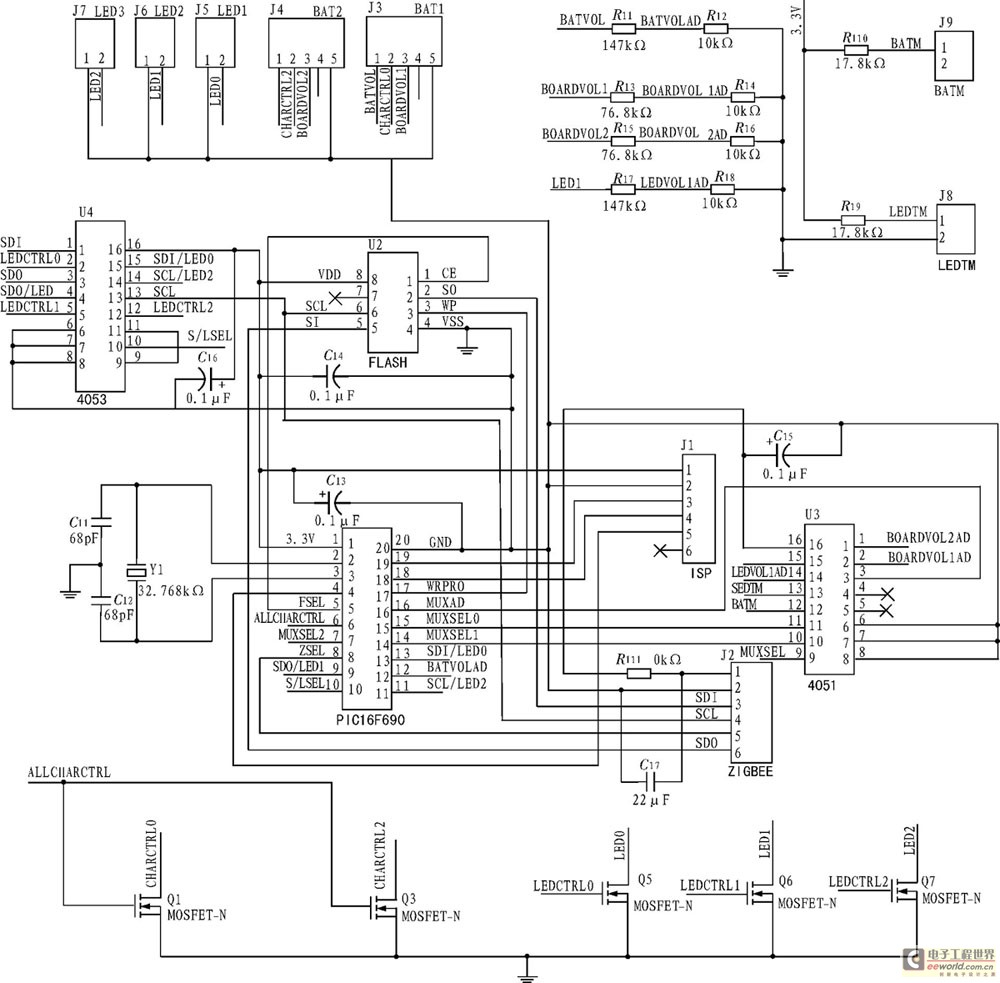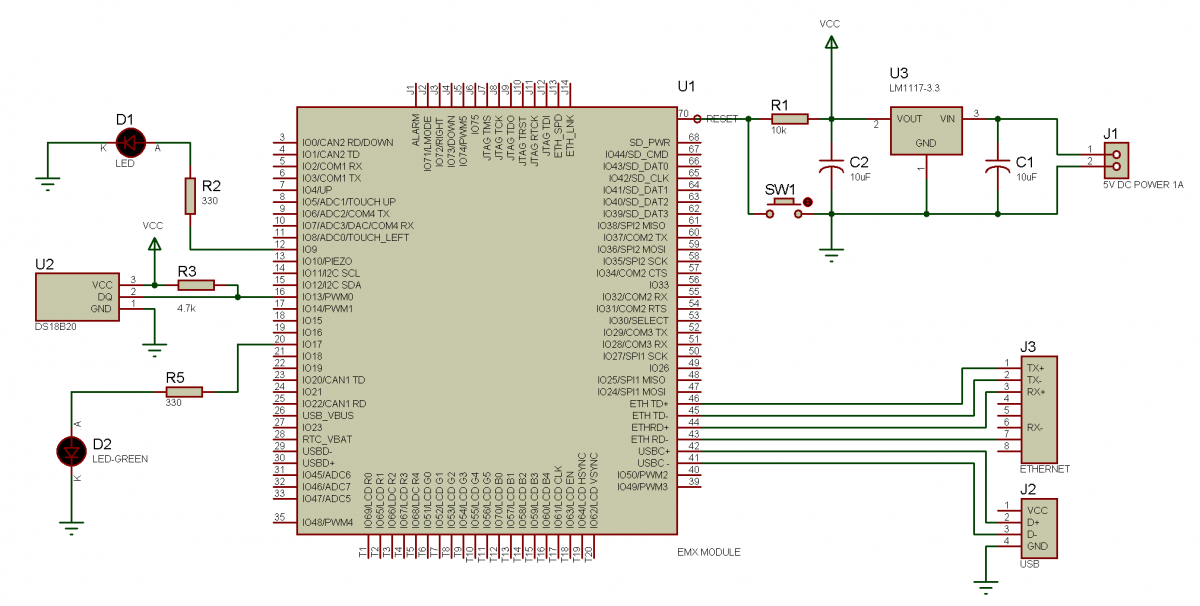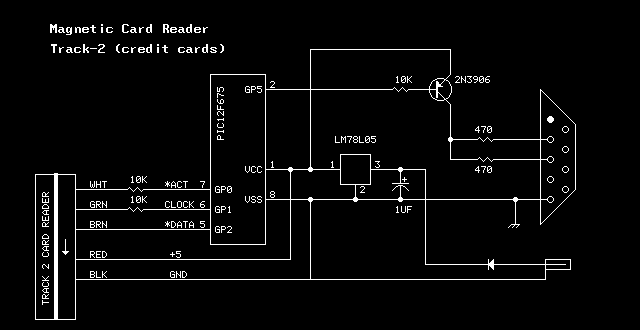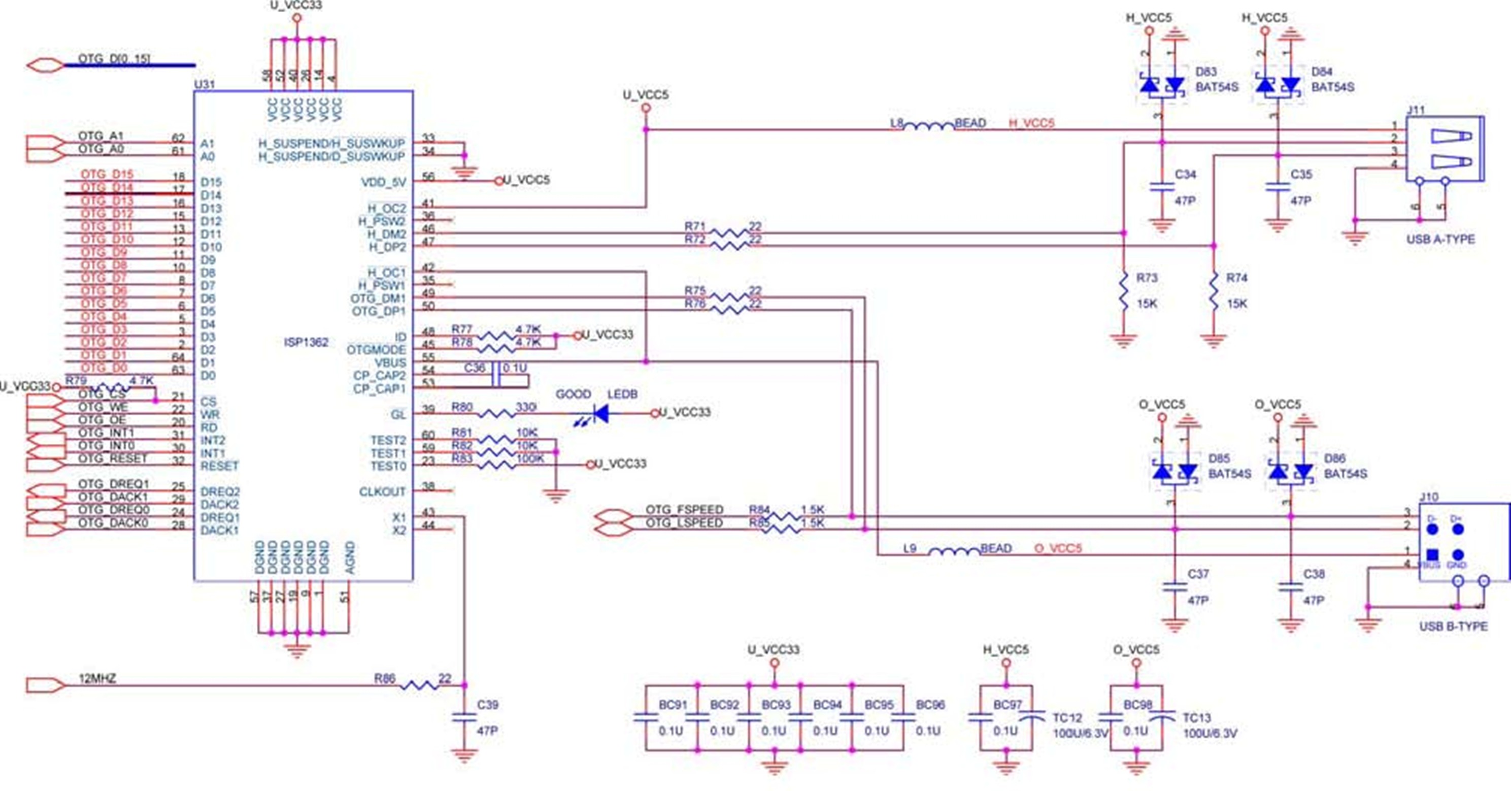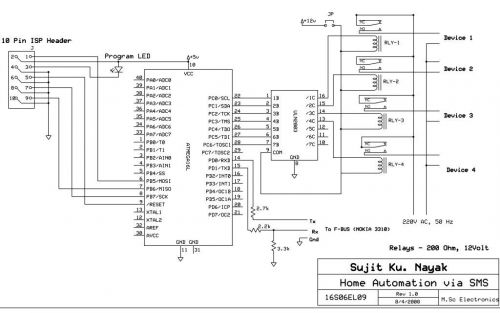
MAGNETIC LEVITATION DEVICE

Here is the schematic of the device depicted in the photo. Each of the ten coil-assemblies has its own copy of the above circuit. The SS41 is a Microswitch Hall Effect magnetic field sensor IC that was found in a surplus catalog for $0.50 each. Any similar hall IC should work, as long as it is fairly sensitive and is magnetically bipolar. All Electronics currently has one for $0.50, HESW-5, but it is a surface-mount package with tiny, hard-to-solder leads. The professional supplier for hall-effect devices is Allegro Micro.
The schematic illustrates a device utilizing ten coil assemblies, each equipped with an individual circuit designed to detect magnetic fields. The SS41 Hall Effect sensor serves as the primary sensing element, detecting the presence of magnetic fields and generating an output signal in response. This sensor is characterized by its bipolar sensitivity, allowing it to respond to both north and south magnetic poles, which enhances its versatility in various applications.
The circuit configuration for each coil assembly likely includes additional components such as resistors, capacitors, and possibly operational amplifiers to condition the output signal from the Hall Effect sensor. The output can be interfaced with a microcontroller or digital logic circuit for further processing or to trigger other actions within the system.
When selecting a Hall Effect sensor, it is essential to consider the sensitivity and packaging type. The SS41 is a cost-effective option, but alternatives like the HESW-5, despite their surface-mount design, may provide better performance characteristics depending on the application requirements. Allegro Micro offers a range of Hall Effect sensors that may be suitable for more specialized needs, ensuring that designers can find a component that meets their specific criteria.
Overall, the schematic provides a foundational understanding of how to implement a magnetic field detection system using Hall Effect sensors, with considerations for component selection and circuit design to optimize performance.Here`s the schematic of the device depicted in the photo. Each of the ten coil-assemblies has its own copy of the above circuit. The SS41 is a Microswitch Hall Effect magnetic field sensor IC that I found in Surplus catalog for $.50 each. Any similar hall IC should work, as long as it is fairly sensitive and is magnetically bipolar. All Electronics currently has one for $.50, HESW-5, but it is a surface-mount package with tiny, hard-to-solder leads.
The professional supplier for hall-effect devices is Allegro Micro. 🔗 External reference
The schematic illustrates a device utilizing ten coil assemblies, each equipped with an individual circuit designed to detect magnetic fields. The SS41 Hall Effect sensor serves as the primary sensing element, detecting the presence of magnetic fields and generating an output signal in response. This sensor is characterized by its bipolar sensitivity, allowing it to respond to both north and south magnetic poles, which enhances its versatility in various applications.
The circuit configuration for each coil assembly likely includes additional components such as resistors, capacitors, and possibly operational amplifiers to condition the output signal from the Hall Effect sensor. The output can be interfaced with a microcontroller or digital logic circuit for further processing or to trigger other actions within the system.
When selecting a Hall Effect sensor, it is essential to consider the sensitivity and packaging type. The SS41 is a cost-effective option, but alternatives like the HESW-5, despite their surface-mount design, may provide better performance characteristics depending on the application requirements. Allegro Micro offers a range of Hall Effect sensors that may be suitable for more specialized needs, ensuring that designers can find a component that meets their specific criteria.
Overall, the schematic provides a foundational understanding of how to implement a magnetic field detection system using Hall Effect sensors, with considerations for component selection and circuit design to optimize performance.Here`s the schematic of the device depicted in the photo. Each of the ten coil-assemblies has its own copy of the above circuit. The SS41 is a Microswitch Hall Effect magnetic field sensor IC that I found in Surplus catalog for $.50 each. Any similar hall IC should work, as long as it is fairly sensitive and is magnetically bipolar. All Electronics currently has one for $.50, HESW-5, but it is a surface-mount package with tiny, hard-to-solder leads.
The professional supplier for hall-effect devices is Allegro Micro. 🔗 External reference
